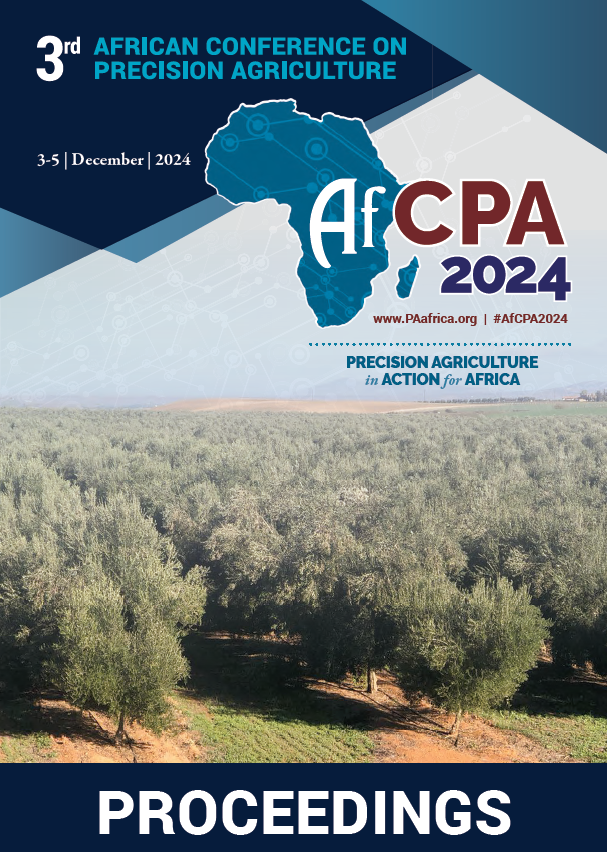Download the Conference Proceedings
Get your copy of the 2024 African Conference on Precision Agriculture Proceedings today! Download the PDF file and view all of the available proceedings.
Proceedings
Authors
| Filter results1 paper(s) found. |
|---|
1. An Ensemble-Based Deep Learning Approach for Early and Accurate Wheat Disease DetectionCrop diseases are the primarily cause for yield loss and a factor for food security issue around the globe. Crop diseases caused by pathogens pose a significant threat to global food security, the challenge become worst particularly in developing countries like Ethiopia. Rapid population growth and accurate disease identification is crucial for timely intervention and minimizing crop losses. However, traditional methods often rely on expert analysis, which can be time-consuming and resource-intensive.... T. Aboneh, P. Rorissa |
